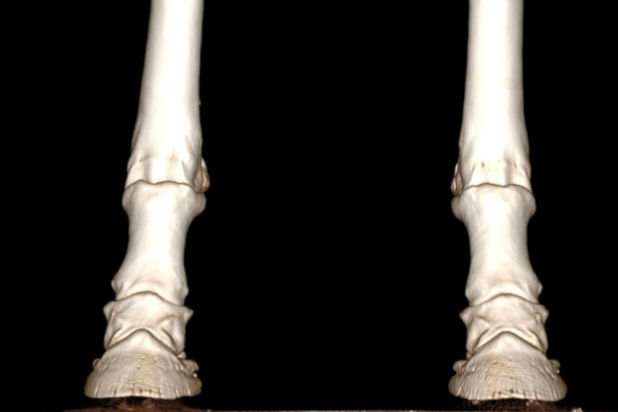
The Importance of Mark Training in Horse Training: Building Confidence, Calmness, and Mental Engagement
- teresajones1982
- Dec 25, 2024
- 3 min read
In horse training, the goal is to create a well-rounded, confident, and willing partner. One of the most effective tools to achieve this is mark training—a technique that uses designated points or “marks” as focal areas for the horse to engage with during training. While often overlooked, mark training offers immense benefits for building confidence, keeping horses calm, and engaging their minds.
What is Mark Training?
Mark training involves teaching a horse to move to, stop at, or focus on a specific “mark” in the training environment. This mark could be a cone, pole, or a specific spot in the arena. It serves as a visual and mental cue for the horse, guiding their attention and giving them a clear objective during the training session.
The Benefits of Mark Training
1. Building Confidence:
Confidence is key to a horse’s success, whether in performance, trail riding, or groundwork. Mark training provides structure and predictability, helping horses feel secure in knowing what is expected of them.
• Example: A horse that is hesitant to approach new objects can be encouraged to touch a mark, like a cone or target, placed near the object. Over time, this approach fosters bravery and curiosity.
2. Helping Horses Remain Calm:
Horses are prey animals, and their natural flight instincts can be triggered by unfamiliar situations. Mark training provides a mental anchor, redirecting their focus from potential stressors to the task at hand.
• Example: A nervous horse in a busy environment can be guided to focus on moving between marks, reducing anxiety and keeping their mind engaged.
3. Engaging the Mind:
Horses are intelligent animals that thrive on mental stimulation. Mark training challenges them to think, process, and make decisions, which keeps them engaged and prevents boredom.
• Example: Incorporating marks in groundwork or riding routines—such as stopping, backing, or side-passing to a specific cone—creates a mentally stimulating session that enhances learning.
Practical Applications of Mark Training
1. Groundwork Exercises:
Mark training is an excellent addition to groundwork. Horses can learn to stand at a mark, move around it, or touch it with their nose or hoof. These activities encourage precision and attentiveness.
2. Under-Saddle Work:
Riders can use marks as focal points for patterns or maneuvers. For instance, a rider can ask their horse to lope circles around a mark, stop at a mark, or change direction at specific points, reinforcing responsiveness and focus.
3. Desensitization and Obstacle Training:
Marks can help horses navigate challenging scenarios, such as crossing water, bridges, or tarps. By setting a mark near the obstacle, the horse’s attention is drawn to the mark instead of the intimidating object.
Why Mark Training is Essential for Confidence
Confidence-building takes time, and mark training allows for incremental progress. Horses learn to associate marks with success and rewards, building a positive mindset. Over time, they develop the courage to face more significant challenges, knowing they can rely on their training.
The Role of Mark Training in Calmness
When a horse has a clear task—such as reaching a mark—it gives them purpose and a sense of control. This reduces fear and anxiety, especially in unfamiliar situations. The repetitive nature of mark training also reinforces calm, deliberate movements, creating a more relaxed and cooperative partner.
Mark Training and Mental Engagement
Mental engagement is vital for horses of all disciplines. By presenting them with tasks that involve problem-solving, such as locating and stopping at a mark, you stimulate their cognitive abilities. This reduces frustration, enhances learning, and leads to a happier horse overall.
Tips for Successful Mark Training
1. Start Simple: Begin with easy tasks, like having the horse walk to and stop at a visible mark, and gradually increase difficulty.
2. Be Consistent: Use the same marks and cues until the horse fully understands the exercise.
3. Reward Progress: Praise and reward your horse when they successfully complete tasks, reinforcing positive behavior.
4. Stay Patient: Every horse learns at their own pace. Give them time to process and understand.
Conclusion
Mark training is an invaluable tool for horse trainers looking to build confident, calm, and mentally engaged horses. By providing structure, fostering trust, and challenging the mind, this technique creates a positive training environment where horses can thrive. Whether you’re working on groundwork, riding patterns, or desensitization, incorporating marks into your program is a simple yet effective way to elevate your horse’s training journey.



Comments